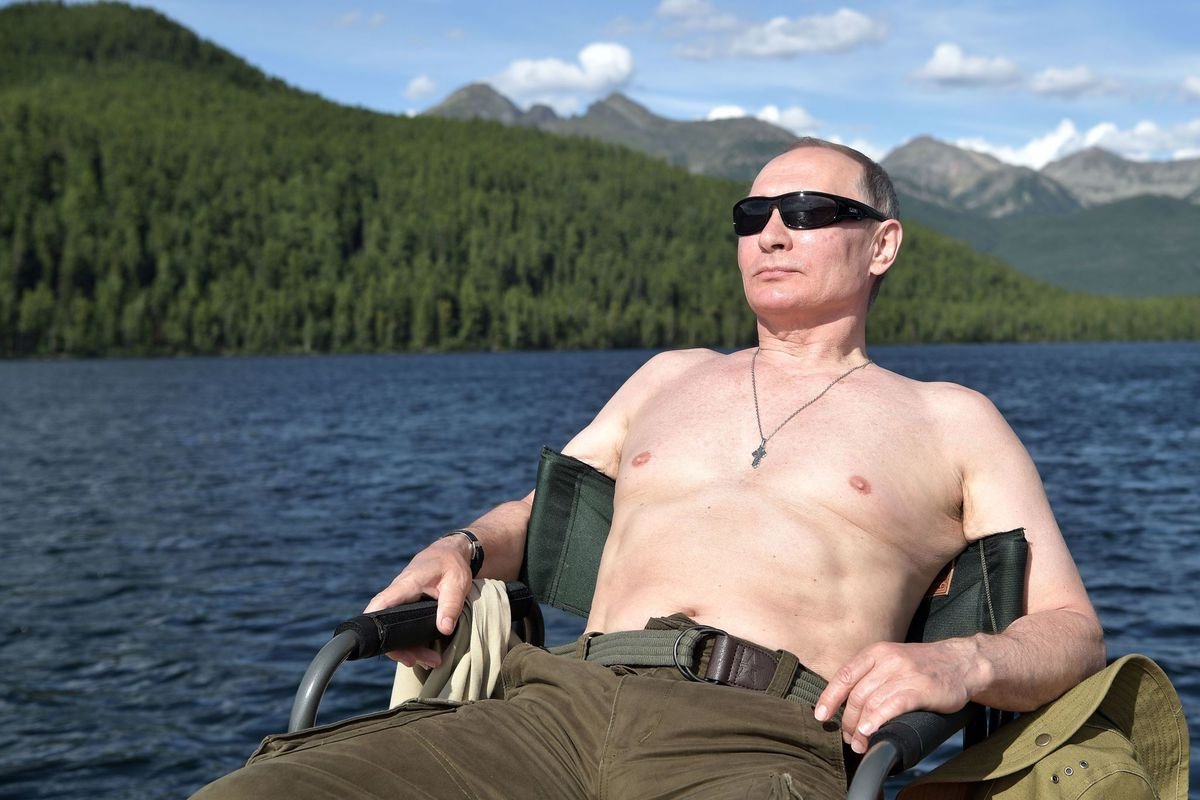By Scott Taylor
Last Thursday there was a meeting in Brussels between Ukrainian President Volodymyr Zelensky and senior officials at NATO Headquarters.
Zelensky was there to plead Ukraine’s case for NATO’s military support in advance of any Russian incursion into eastern Ukraine.
In recent weeks Ukrainian, U.S. and NATO intelligence sources have reported a large Russian military build up along the Ukrainian border.
The estimated timeframe for this feared invasion is within the next few weeks or perhaps a few months.
Instead of simply pledging the requested support to Zelensky, NATO Secretary General Jen Stoltenberg cunningly stated instead that NATO’s 2008 invitation for Ukraine to join the alliance remains open.
Having Ukraine join NATO, rather than remain a neutral sovereign state is a publically declared ‘red line’ for Russian President Vladimir Putin.
Thus Stoltenberg is using the alleged immediate threat of a Russian invasion to secure Ukraine’s permanent membership in the alliance – which in turn could push Putin over the edge into taking military measures.
It is being played out like some sort of geo-political chess game, but saner heads need to remember that at the end of the day we are talking about nuclear-armed opponents, not chess players.
The NATO spin-doctors paint Russia as the aggressor in all of this and point to Putin’s 2014 annexation of the Crimea as proof positive that the muscle bound dictator is bent on world domination.
The standard depiction of Putin is that this former KGB agent longs for the good old days when the Soviet Union had the western world trembling in fear.
During my military service in the 1980’s I served with 4 Canadian Mechanized Brigade Group in West Germany. To this day I’m proud to wear my NATO medal.
However the Cold War is long over and the 30-member NATO of today is not the 16-member alliance that formed a collective defence against the expansion of communism.
Canada was a founding member when the North Atlantic Treaty was signed in 1949. When West Germany joined NATO in 1955, the Soviet reaction was to create their own collective defence alliance known as the Warsaw Pact.
At the height of the Cold War there were seven member states in the Warsaw Pact in addition to the Soviet Union.
In 1989 the dissolution of communist Europe began and by 1991 even the Soviet Union had broken up into 15 separate republics.
Since that historic juncture, NATO has added 14 new members which include all the former Warsaw Pact countries along with the three former Soviet Baltic republics; Latvia, Lithuania and Estonia.
At their summit meeting in 1990, U.S. President Ronald Regan promised Soviet leader Mikhail Gorbachev that there would be no eastward expansion of the NATO alliance. Yet in the subsequent three decades NATO has grown in numbers and capability and now borders Russia itself, in Poland and the Baltic.
Putin flexed his might in annexing the Crimea in 2014, but in the grander scheme of things he is strategically more of a cornered rat than a formidable aggressor.
The official Russian response to Ukraine’s possible admission into NATO was to threaten the deployment of medium range nuclear missiles.
While the NATO spin machine would have us believe that this is Putin threatening Western Europe, it seems more like a desperate defensive threat.
The senior Russian military leadership are not so delusional as to think they could defeat the massive NATO alliance in a conventional conflict.
So they issue a reminder that they still possess the means to deliver on the old Cold War premise of nuclear ‘Mutual Assured Destruction’ (MAD).
Prior to the meeting between Stoltenberg and Zelensky, U.S. President Joe Biden had a chat with Putin to warn Russia that any military incursion into Ukraine would be met with severe economic sanctions.
One of the targets of such measures would be the recently completed, but not yet functioning, Nord Stream 2 oil and gas pipelines.
These pipelines run across the Baltic Sea and directly connect Russian oil and gas exports to Western Europe. By doubling the capacity with the second pipeline, the U.S. fears that this only further increase the Kremlin’s leverage over industrialized Western Europe.
It also further diminishes Russia’s need to rely upon the existing over land pipelines to Europe, which run through Ukraine.
It is a complex chess game indeed, and we should not be playing chicken with a nuclear-armed opponent under the dumbed down pretext that Putin simply wants to rule the world.


